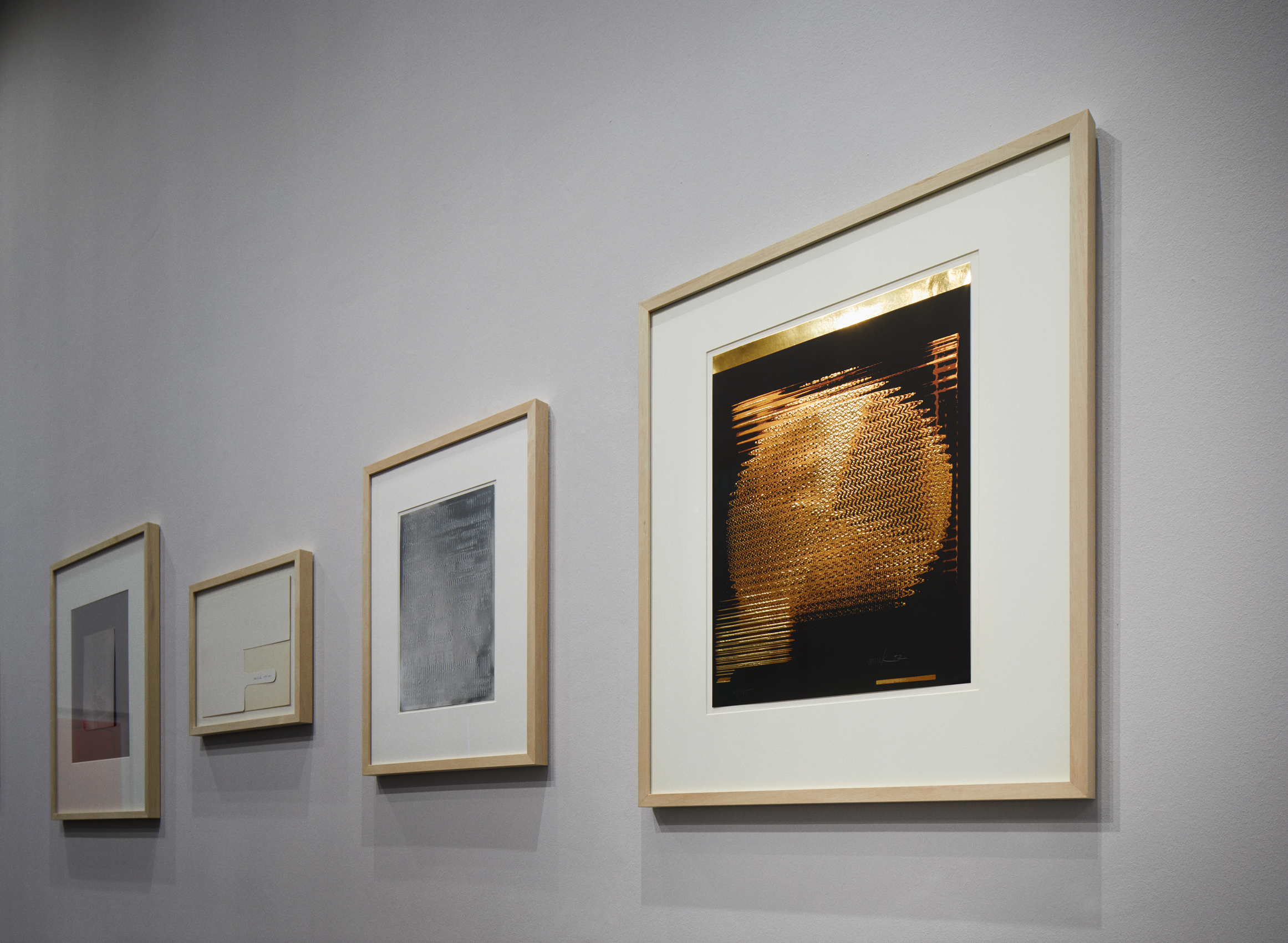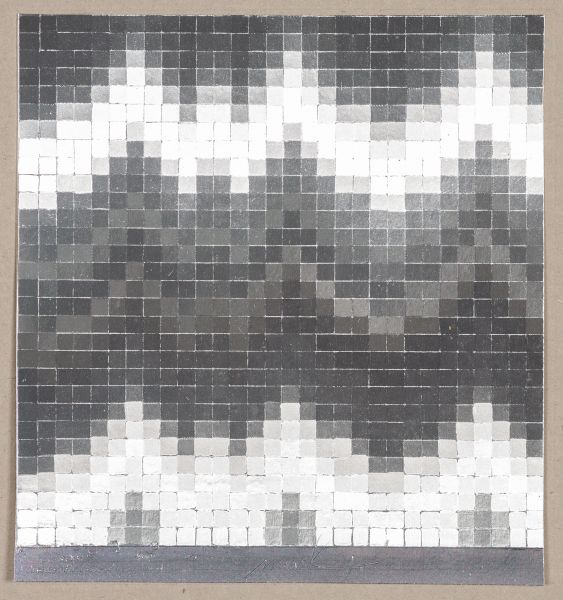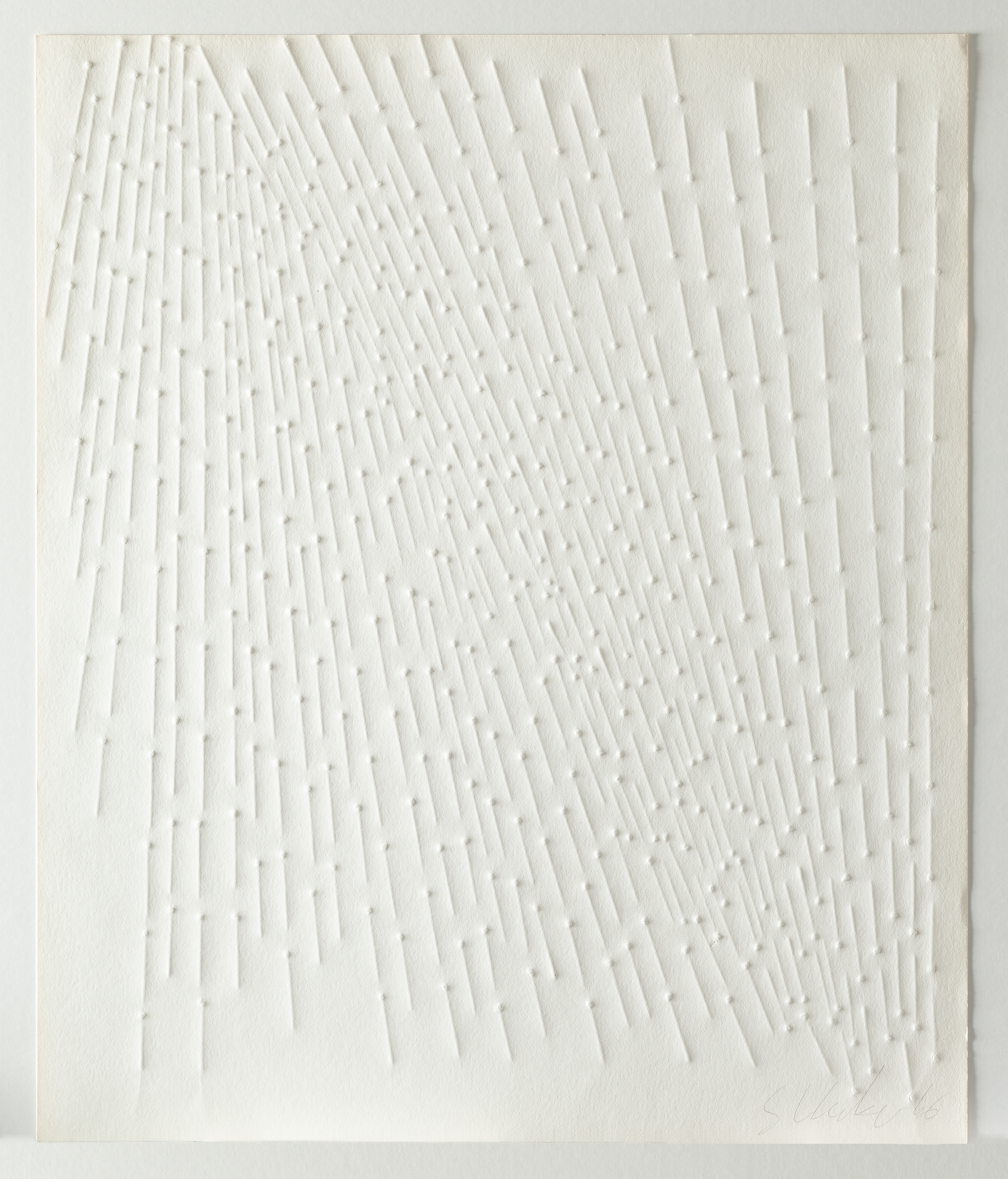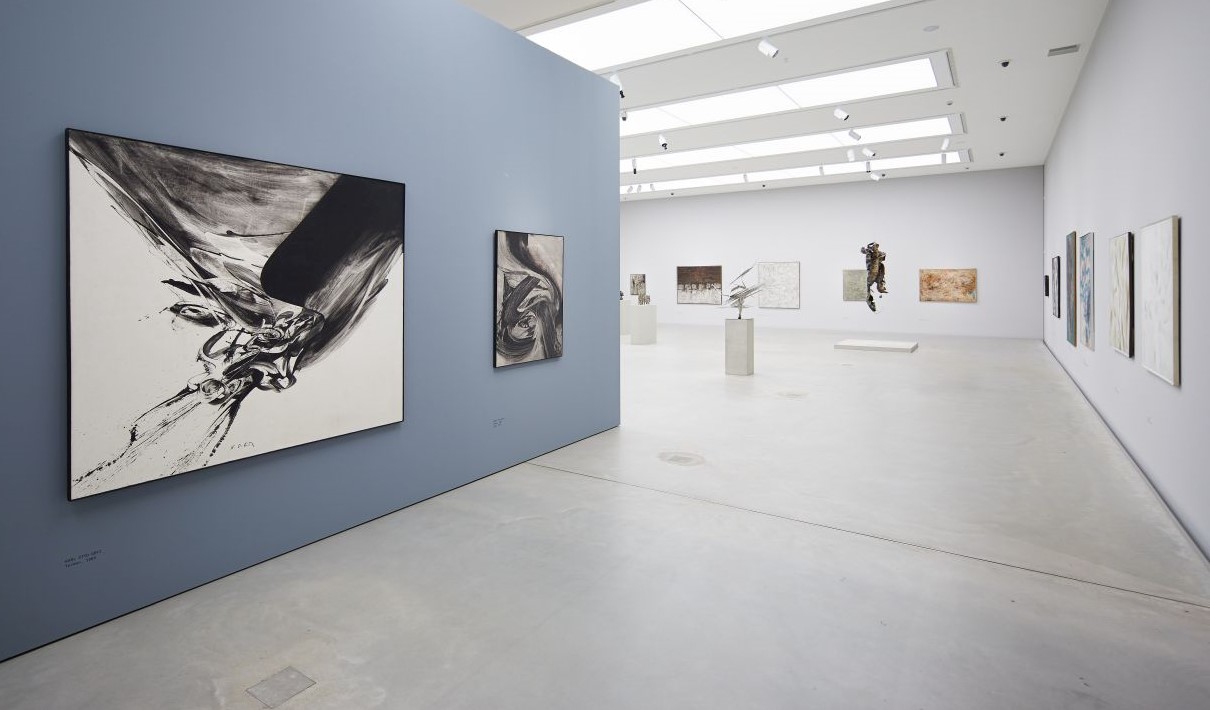The multimedia companion through the Kunsthalle with guided tours and information on exhibitions, works and events.
Ausstellungsansicht „Drucken ohne Farbe – Graphische Experimente ab 1960“ mit Werken von Heinz Mack, Karl H. Hödicke und Peter Stein Foto: Kunsthalle Mannheim/ Rainer Diehl




